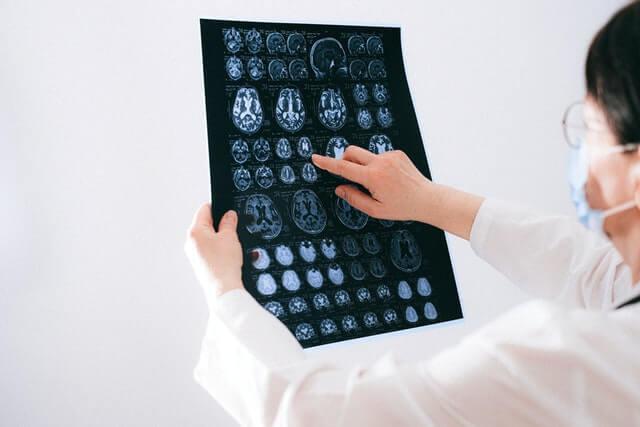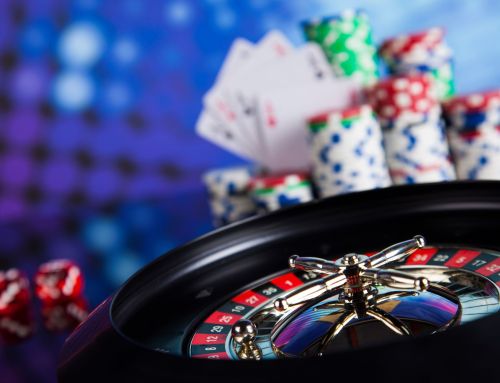
Regaining control over the mind during addiction treatment could mean the difference between staying sober or relapsing. While there are a multitude of evidence-based treatment approaches for treating substance abuse, there is one in the mix that many probably don’t consider or even know much about. We are of course referring to neurofeedback and biofeedback for drug and alcohol addiction. Let’s take a look at just how effective biofeedback can be.
How Does Biofeedback Work?
Biofeedback is a form of therapy that helps patients afflicted by substance use disorder, regain control over their body and mind during treatment. During a biofeedback session, electronic sensors are placed directly on the patient’s skin. The sensors are then wired to a special medical device that gives that medical professional “feedback” on the patients’ bio signs. The information is put forth with pulsing sounds, images, or flashes of light. The ways in which patients respond to the messages will inform that individual overseeing the session, how they can learn relaxation techniques and by extension, learning how to respond to stressful situations which have previously fueled their addictions.
Biofeedback For Drug and Alcohol Addiction
Medical personnel are fully cognizant of how involuntary bodily functions related to nerves, tension, or emotional distress, impact the way we feel and act. When using biofeedback, a therapist will track the client’s skin temperature, heart rate, breathing rate, blood pressure, and any other indicators that are needed. When the essential data has been collected, therapists will then use the information to help individuals dealing with the hardships of drug and alcohol withdrawal symptoms, depression, anxiety, or any other pertinent ailments. A treatment plan is then created which seeks to mitigate cravings, proactively manage symptoms, improve emotional and physical well-being, and reduce the likelihood of relapse.
Therapeutic Exercises Involved In Treatment
Patients interested in exploring the wealth of benefits that biofeedback has to offer might find it easier to coast through the duration of the recovery journey. Since it is a noninvasive procedure, it makes for an ideal choice for anyone that has experienced adverse reactions to treatment medication. As a means of combating physical and emotional turmoil, medical professionals will also put clients through a series of therapeutic exercises. This can include mindfulness meditation, guided imagery, and progressive muscle relaxation. When the body and mind are relaxed, it’s easier for them to work in tandem and stay focused on what really matters most, your sobriety!
Neurofeedback: A Subset Of Biofeedback
EEQ therapy, or better known as Neurofeedback, is a subsidiary of biofeedback. It works by calming down overexcited brain activity. Electrical impulses (brain waves) move throughout the brain and account for our abilities to carry out daily tasks like walking, typing, cooking, driving, and so forth. Neurofeedback seeks to harmonize the brain waves. During an active session, the brain learns how to bring fast or slow waves back into normal range.
Biofeedback & Neurofeedback Give Patients A Psychological Advantage
Understanding the relationship between the body, mind, and addiction, and how these effects can be modified, will give recovering addicts the tools to be successful. Not only can both therapies treat the aforementioned cognitive and emotional functions, but there is promise that it helps aid those with mental health disorders, which often co-occur with drug and alcohol abuse. Some of these include:
- ADHD
- OCD
- PTSD
EEG biofeedback promotes neuroplasticity by changing brainwave patterns and specific neural functioning. When coupled with other addiction treatment therapies like psychotherapy, neurofeedback and biofeedback for drug and alcohol addiction can be quite useful in treating SUD’s, regardless of the substance being used. Keep in mind that because different substances alter the brain in varying ways, neurofeedback and biofeedback for drug and alcohol addiction works slightly differently in treating substance use and mental health maladies.

Biofeedback & Neurofeedback For Treating Specific Mental Health Issues And Substance Abuse
The following is a breakdown of how neurofeedback and biofeedback individually treats the myriad of mental health ailments and abused substances.
Neurofeedback For Alcoholism
A study conducted in 2005 at UCLA found that treatment helped improve rates of abstinence when actively used to treat alcohol use disorders. The efficacy is due largely in part to EEG’s ability to keep the brain’s cortex active when resisting change. EEG scans have also shown that patients afflicted by alcoholism are typically lacking in alpha rhythms, with alcohol use inducing more alpha wave activity. Patients that learn how to produce more alpha waves may not have as much of an inclination to want to drink. It could even teach patients to be zen and practice mindfulness over choosing to drink.
Neurofeedback For Heroin Addiction
Findings have shown that most people who abuse heroin have deregulated brain waves. This includes the alpha, beta, delta, and theta waves. Treatment can help in re-regulating those brain waves, restoring the brain to its original state.
Biofeedback For PTSD
Biofeedback changes how the brain reacts to different stimuli, without suffering from unnecessary distress. It can decrease the fear response that patients with PTSD might experience, when triggered by something that brings them back to a traumatic event.
Neurofeedback And Biofeedback For Drug And Alcohol Addiction
Neurofeedback and biofeedback for drug and alcohol addiction is something that our team with North Jersey Recovery Center embraces as an innovative approach. Do not allow substance abuse issues to become a dominant force in your life. Help is within close reach. Contact our addiction professionals to learn more about traveling down a healthier path.










